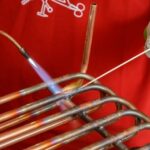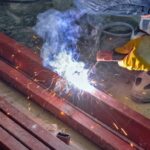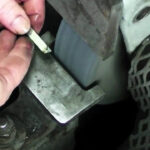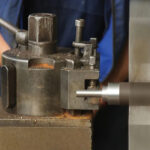Brazing is one of those metal-joining techniques that doesn’t always get the spotlight it deserves. While welding tends to take centre stage, brazing offers unique advantages that make it an essential skill in various industries. And at the heart of brazing are brazing rods—the filler materials that make the whole process work. Whether you’re a seasoned metalworker or just starting out, understanding the role of these rods and how to choose the right one can make all the difference in your projects.
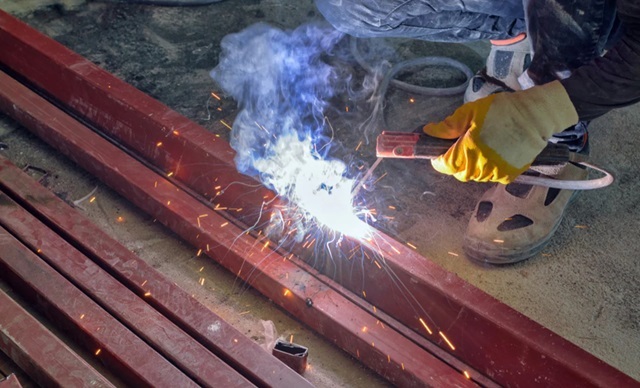
What is Brazing?
Brazing is a process that joins two metal pieces using a filler metal, which has a lower melting point than the base metals being joined. Unlike welding, brazing doesn’t melt the base metals themselves, which makes it ideal for delicate or thin materials that could warp under extreme heat. Instead, the molten filler metal flows into the joint by capillary action, bonding the pieces together as it cools and solidifies.
The key benefit of brazing is its versatility. It works on a variety of metals, including steel, copper, aluminium, and brass. It’s also commonly used in plumbing, HVAC systems, automotive repairs, and even jewellery making. Because brazing produces strong, clean joints with minimal distortion, it’s often preferred for applications where appearance and precision matter.
The Role of Brazing Rods
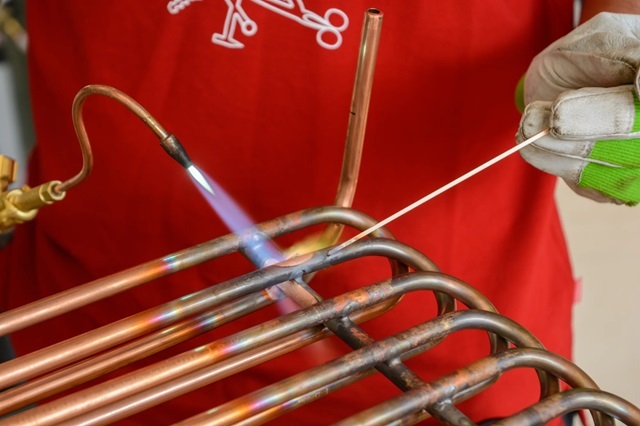
Brazing rods are the filler materials used in the process. They come in various compositions, each designed to work with specific metals and applications. The right choice of rod ensures strong adhesion, proper flow, and resistance to corrosion and stress.
One of the defining characteristics of brazing rods is their melting point. They typically melt at temperatures above 450°C but below the melting point of the base metals. This allows the rods to create a robust joint without damaging or altering the structure of the workpiece.
Another factor to consider is the way these rods are applied. Some require the use of a flux—an agent that prevents oxidation and ensures a clean bond—while others come with a flux coating built-in, making the process simpler and more efficient.
Types of Brazing Rods and Their Uses
Different brazing rods are designed for different materials and conditions. Choosing the right one depends on factors like the base metal, the environment in which the joint will function, and the required strength of the bond.
Bronze and Brass Brazing Rods
These are commonly used for joining steel, cast iron, and copper alloys. Brass brazing rods, often containing zinc and copper, provide good strength and corrosion resistance, making them popular in plumbing and fabrication. Bronze rods are slightly more flexible and are often preferred for repairs on worn or cracked metal surfaces.
Silver Brazing Rods
Silver-based rods offer excellent capillary action, making them ideal for precise, high-strength joints. They’re widely used in refrigeration, HVAC, and electrical applications where a clean and conductive bond is necessary. Silver brazing rods are also known for their ability to join dissimilar metals, such as copper to stainless steel.
Aluminium Brazing Rods
Brazing aluminium can be tricky due to its oxide layer, but specialised aluminium brazing rods make the job easier. These rods often contain silicon, which improves flow and adhesion. They’re widely used in automotive and aerospace industries where lightweight, strong joints are needed.
Nickel Brazing Rods
Nickel-based rods are designed for high-temperature and corrosion-resistant applications. They’re commonly used in the aerospace, power generation, and chemical processing industries where components are exposed to extreme conditions.
Cast Iron Brazing Rods
Cast iron is a notoriously difficult material to join due to its brittle nature. Specialised rods designed for cast iron help prevent cracking and allow for effective repairs on engine blocks, machinery, and structural components.
Choosing the Right Brazing Rod for Your Project
Selecting the right brazing rod comes down to understanding your materials and requirements. Here are a few key considerations to keep in mind:
- Base Metal Compatibility – Not all rods work with all metals. Always check which materials a rod is designed for before starting your project.
- Joint Strength and Durability – Consider the stress and conditions the joint will be exposed to. If you need a strong, flexible bond, silver or nickel rods might be the best option.
- Corrosion Resistance – Some environments, like marine or chemical applications, require filler metals that won’t corrode over time. In these cases, rods with high nickel or silver content are ideal.
- Melting Point – The temperature at which the rod melts affects how easy it is to work with and what kind of heat source you’ll need. Lower-melting-point rods can be used with torches, while higher-melting-point options may require a furnace or induction heating.
Final Thoughts
Brazing is an incredibly useful skill, whether you’re working on plumbing, automotive repairs, or metal fabrication. Understanding the different types of brazing rods and their applications can help you achieve stronger, cleaner joints with less hassle. The key is to choose the right rod for your materials, ensure proper heat application, and always prepare your surfaces for the best possible bond.
Whether you’re a DIY enthusiast or a professional metalworker, having the right knowledge about brazing rods can make all the difference in your work. By mastering this technique, you can create strong, reliable joints that stand the test of time.

